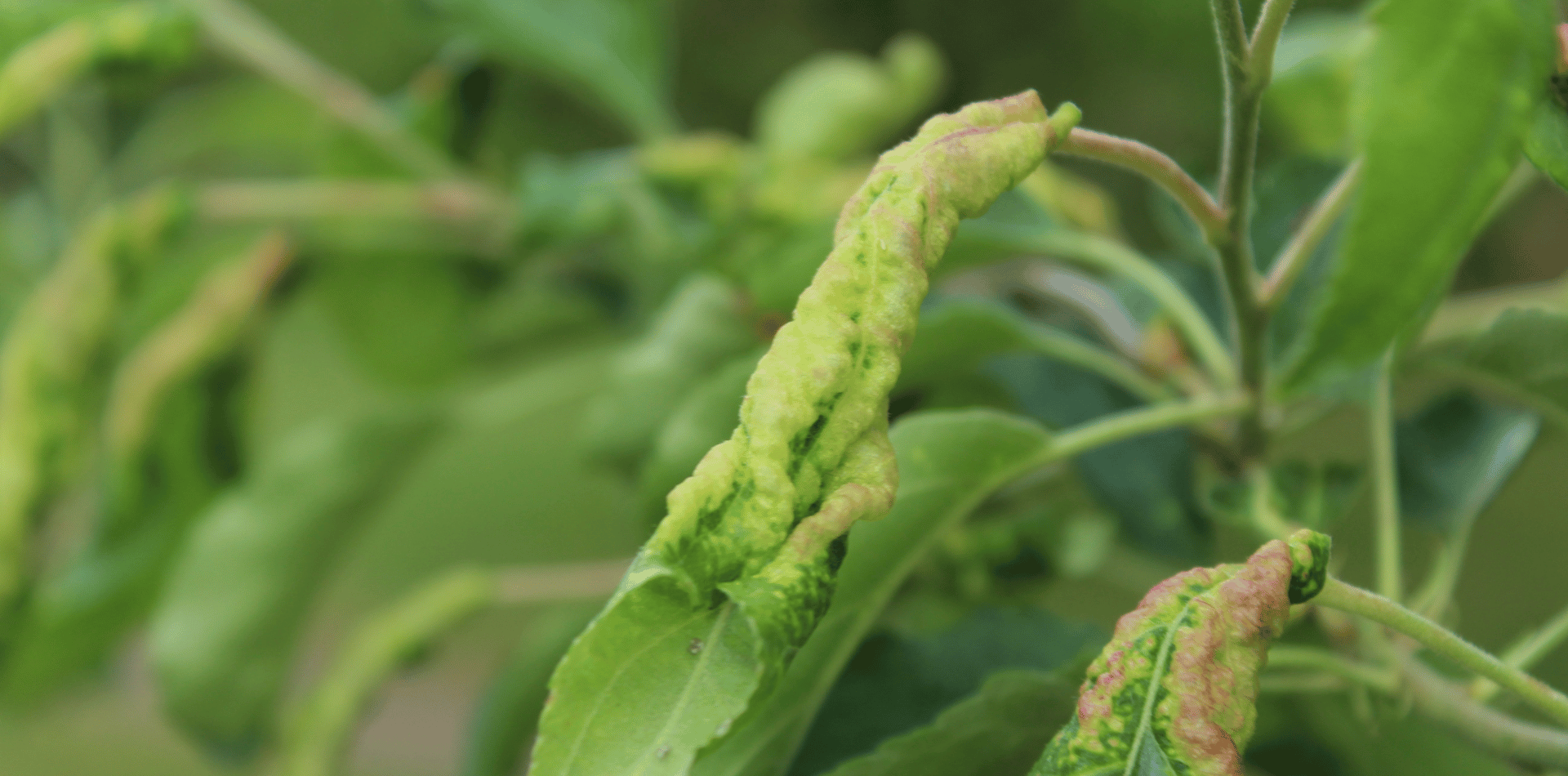Should I remove or transplant a Palm Tree
Should I remove or replant a Palm Tree?

Palm trees are very heavy and can damage nearby structures.
You can to remove the tree yourself if you want to save the tree for replanting.
One option is to dig the tree up the roots or trim it gradually with a chainsaw.
Tree lopping is very dangerous, so work slowly to ensure that the palm tree comes down safely.
For the safety of yourself and your family, we always recommend you contact a professional tree removal company to manage this potentially dangerous procedure.
Here are 3 ways you can consider when it's time for tree removal and stump grinding.
Digging up the Palm Tree
Some common varieties of palm tree, like the Mexican Fan Palm, cost more to transplant than they do to remove.
Before you decide to transplant or remove you could check by taking a picture and searching through a palm tree database online, and by contacting a tree nursery or removal service for confirmation. If the tree isn’t valuable and you don’t want to save it, you can safely cut it down
If you want to replant the Palm Tree, this is the best option.
Before digging it up you should do some research on the tree.
Some palm varieties are considered valuable. There are Palm Tree growers and planting companies who may want to purchase the tree from you.
So, if you determine the tree is valuable you will want to ensure you remove it without causing it any damage.
The first thing to do is take a photo of the tree and contact an Arborist or Tree Removal Company and they will help you identify it and let you know its potential value.
When you are ready to take the tree down, stand where you would like the palm tree to fall. Make sure it is away from power lines, buildings, and other trees. It can be difficult to determine exactly where the tree will fall but try by looking along the trunk to the branches, this will give you an idea of the way it might fall. Looking at the tree from various angles will help to figure out the lean, which will help estimate the palm's trajectory.
It's important before you begin to check the local regulations to ensure you follow all the local Council laws of tree removal in your area.
Your plan should be to bring the tree down in the direction of the lean. If this is not possible, you can guide the tree by digging out around the roots in the direction you want the tree to fall.
Make sure the tree’s fronds aren’t tangled up in power lines or anything else that will fall with the tree.
Consult a professional Tree Removal specialist if these obstacles are present.
Cutting Down the Palm Tree
If you have noticed any signs that your palm needs to be removed from your garden, it is important to know the best steps to safely bring the tree down.
One option is to remove the palm yourself. Removing a Palm tree is very dangerous work we generally advise you tackle the job yourself for smaller palms. The taller the palm, the more dangerous it is to remove.
If your palm tree has not yet reached its mature size, it may be possible to remove it yourself. However, it is important to remember that any type of tree removal is dangerous.
To ensure your safety and the safety of your family, it is essential that you take all the precautions you can. Here is a list of steps you can following to remove a palm tree as safely as possible on your own.
Apply for a Permit
The very first step in DIY palm removal is to check to see if you need a permit.
You can't decide on your own that a palm is becoming dangerous. You will need to get an arborist to evaluate the potential dangers. If the arborist's evaluation confirms the palm presents a hazard, you can most likely remove it without applying for a permit. But, we recommend you still check with your Local Council whether you need a permit to remove a Palm Tree.
However, if your palm is not presenting a danger to anyone or anything, you will most likely need a permit from your Local Council.
Check Your House Insurance Policy
Once you know whether you need a tree removal permit or not, you should check the coverage of your house insurance in case something goes wrong with your property or your neighbour's property.
If there is any chance that you could accidentally cause damage to your home or its roof while removing your palm you need to make sure you are covered.
When you are sure that your insurance covers damage from tree removal, you can decide whether or not you are going to remove the palm yourself.
Make a Plan for the Waste
Cutting down a Palm tree can result in a lot of waste. If you decide to remove the tree yourself you should consider what you are going to do with the left overs.
Once you have cut down a palm, you might be surprised how much biomass is left, so it's good to plan where this is going to go. If you have a big yard, you could designate a spot for garden waste and allow it to break down over years.
In most cases, however, it is usually easier to have the waste removed.
Have the Right Equipment
The next step is to get your equipment together. If your palm tree is very young, you might be able to dig it out with a spade and some guy ropes.
If so, you won't need much more than this, some gloves, safety goggles, and a pair of strong shoes.
However, if your palm is bigger, then you will need:
- A chain saw
- An axe
- Earmuffs
- Safety goggles
- A safety harness
- Gloves
- A sturdy ladder
Once you have these items together, it's time to get down to business.
Decide How to Cut the Palm
When removing a palm you need to decide exactly how you are going to cut it. If the palm is still small, and there is nothing in the way, you can choose to fell it at the base.
This is relatively quick and easy.
However, to ensure the palm falls the way you want it to, the secret is to cut a wedge from the side where you want it to fall. For example, if you want the tree to fall in a southerly direction, cut a wedge on the south side of the palm. The wedge should be roughly one-third of the trunk's diameter in depth.
When you have cut the initial wedge using your chainsaw, from the other side of the palm's trunk cut towards the wedge. The palm should slowly start to fall in the direction of the initial wedge.
Once your blade gets close to the wedge cutout, the trunk may start to drop on its own. When this happens, let it drop down without further cutting, as it will come down more gently.
If you have to cut right through to the wedge, be careful, as the trunk can jump backward and potentially injure you as it falls.
How to remove Large Palm Trees
If your palm is too large to safely cut from the base, it will need to be brought down in sections. Here's the best way to do this
.
Trim the Fronds Back
If your palm tree is large and needs to be taken down in sections, you need to start by removing the fronds. You can also do this if you are dropping the palm at its base as previously described. This process will reduce the volume of foliage which will come down.
Trimming a palm tree and its fronds it is a relatively simple, but dangerous process.
Firstly, set up your ladder securely at the base of the trunk. Begin removing the individual fronds with either a chainsaw, a pair of snippers, or a handheld tree saw.
Be careful not to cut fronds that are directly above you.
Cut the Trunk Down in Sections
Once all of the fronds have been removed, its time to start cutting down sections of the trunk. Ensure you cut down short sections of no more than an arm's length at a time.
Be very careful during this stage. If the falling trunk sections hit your ladder, they might send it and you toppling to the ground.
Operating a chainsaw on a ladder is dangerous enough without falling sections of palm trunk. So make sure that you work with the utmost care and that your ladder is sturdily placed.
If you have a tree harness and are comfortable using it, you can opt for climbing the tree rather than using a ladder. This can be safer in some cases, but tree harnesses should generally only be used if you have had training or experience.
Remove the Base of the Trunk
Once you have taken down the trunk of your queen palm tree, the next step is to remove the base.
In some cases, you may want to leave the base and use it as a seat or pedestal to put pot plants on. However, if you want it removed, or your Local Council requires it, then you're best off renting a stump grinder.
While there are other methods, such as rotting out the stump, when it comes to how to remove a palm tree stump, a stump grinder is the most effective method.
Dispose of the Refuse
The final thing to do after taking down your palm tree is to dispose of the refuse. As we said before, the two main options are to let it decompose something on your property or have it removed.
Depending on the diameter of your palm's trunk, you could also consider getting a chipping service in to shred the biomass. This will allow it to decompose faster in a compost area. Alternatively, you can also the chippings as mulching in your yard.
The Safest Way to Remove a Palm Tree is to hire a Tree Removal Service
If your palm is any taller than head height, removing it yourself can be hazardous. Balancing on a ladder, with a running chainsaw and falling trunk sections is precarious at best.
If you take a look at the statistics, tricky ladder work isn't something to take lightly. Of the many ladder falls that happen annually, 97% occur at home or on farms. What's more, research has revealed that 43% of fatal falls involve ladders.
Therefore, if you have anything other than a young and short palm to remove, we recommend you call in the experts. As a professional tree removal service, we know what can happen if someone doesn't have the right equipment and training.
Professional Tree Removal Is Safer and Simpler
Hiring a professional tree removal service is without a doubt the safest way to take down a palm tree.
Importantly, other than being less hazardous for you, it's also safer for your property. If your house insurance doesn't cover potential damage caused by tree removal, and something unexpected does happen, this can cost you dearly.
If you choose a professionally run tree removal service, they will hold insurance for these types of incidents. If damage does occur, you won't be the responsible party.
Lastly, if you call in a good tree removal service, they will also have arborists on hand to evaluate whether you need a tree removal permit and they will also be able to advise you on any disease issues, such as queen palm tree trunk rot.
Finally, comprehensive tree removal services will also take care of any waste.
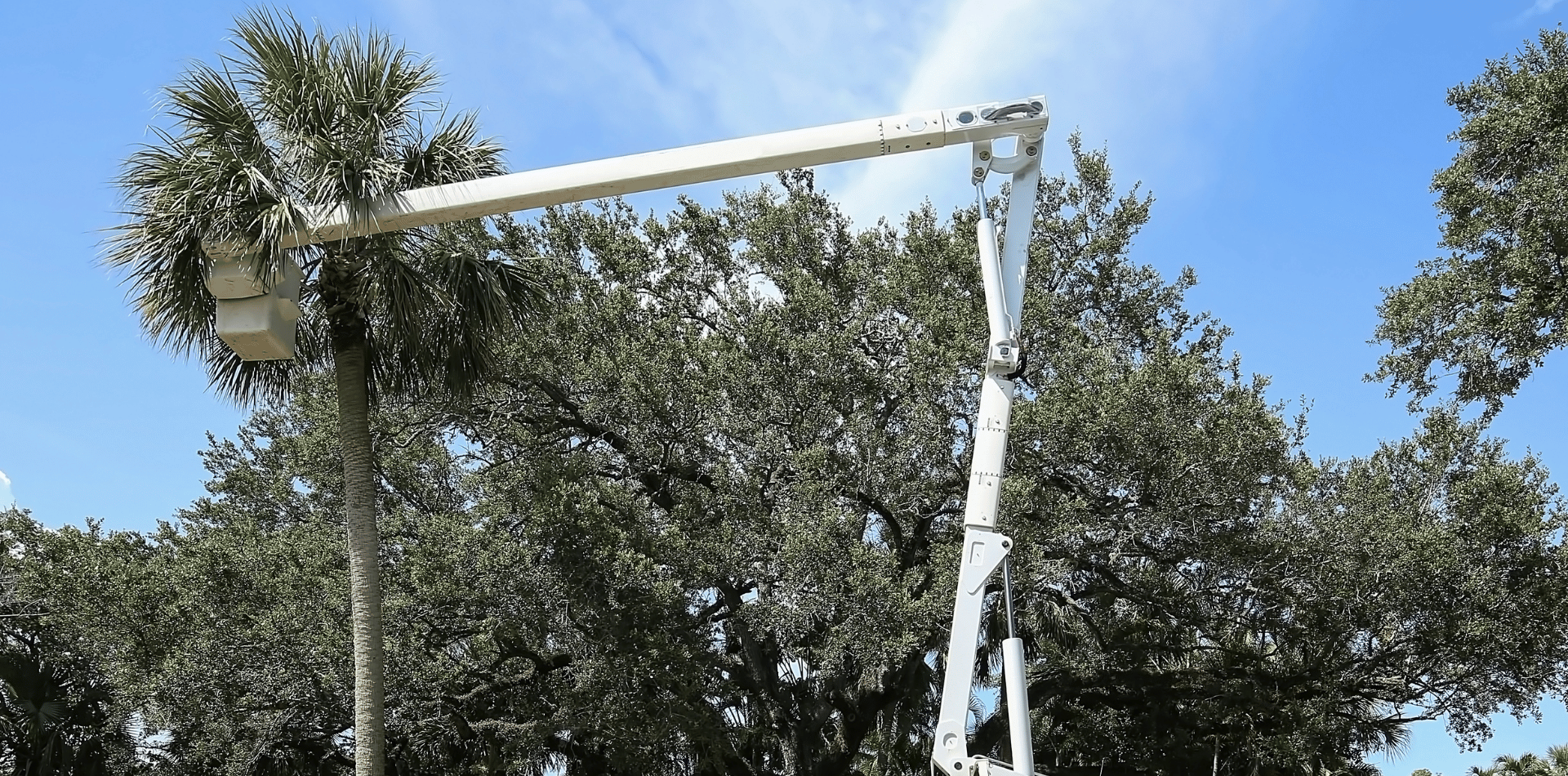
We would suggest you search online for your palm tree to see if its worth cutting down.
There are many palm tree varieties, like the Mexican Fan Palm, which cost more to transplant than they do to remove.
The best way to determine whether you should remove the palm tree or try to replant it is contact a tree nursery or removal service for advice.
If your determine the tree is not valuable and you don’t want to save it, removing it will be the best option.
If the tree is in a hard to reach area, such as near buildings and power lines, it can often cost more to transplant than remove.


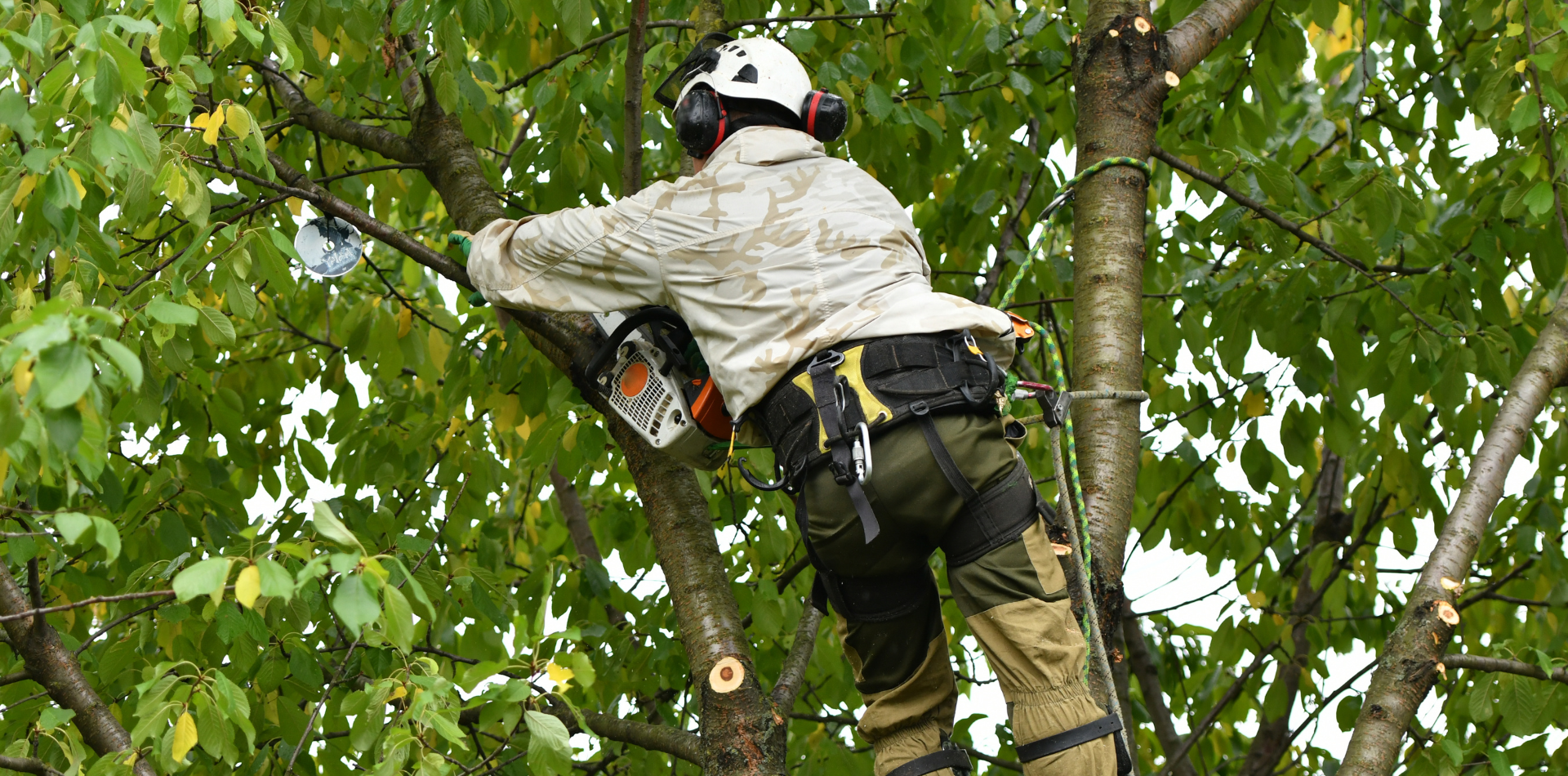

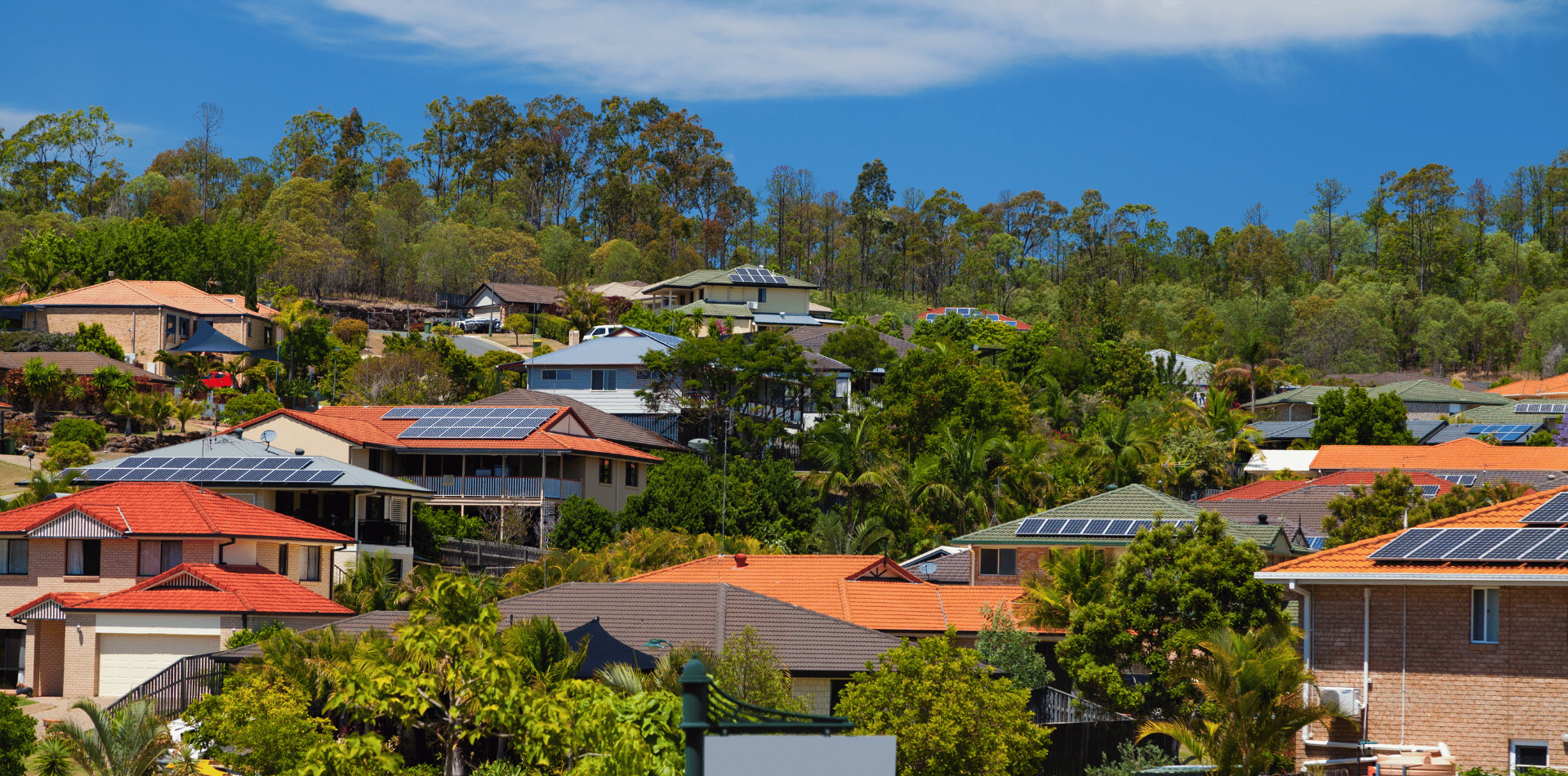
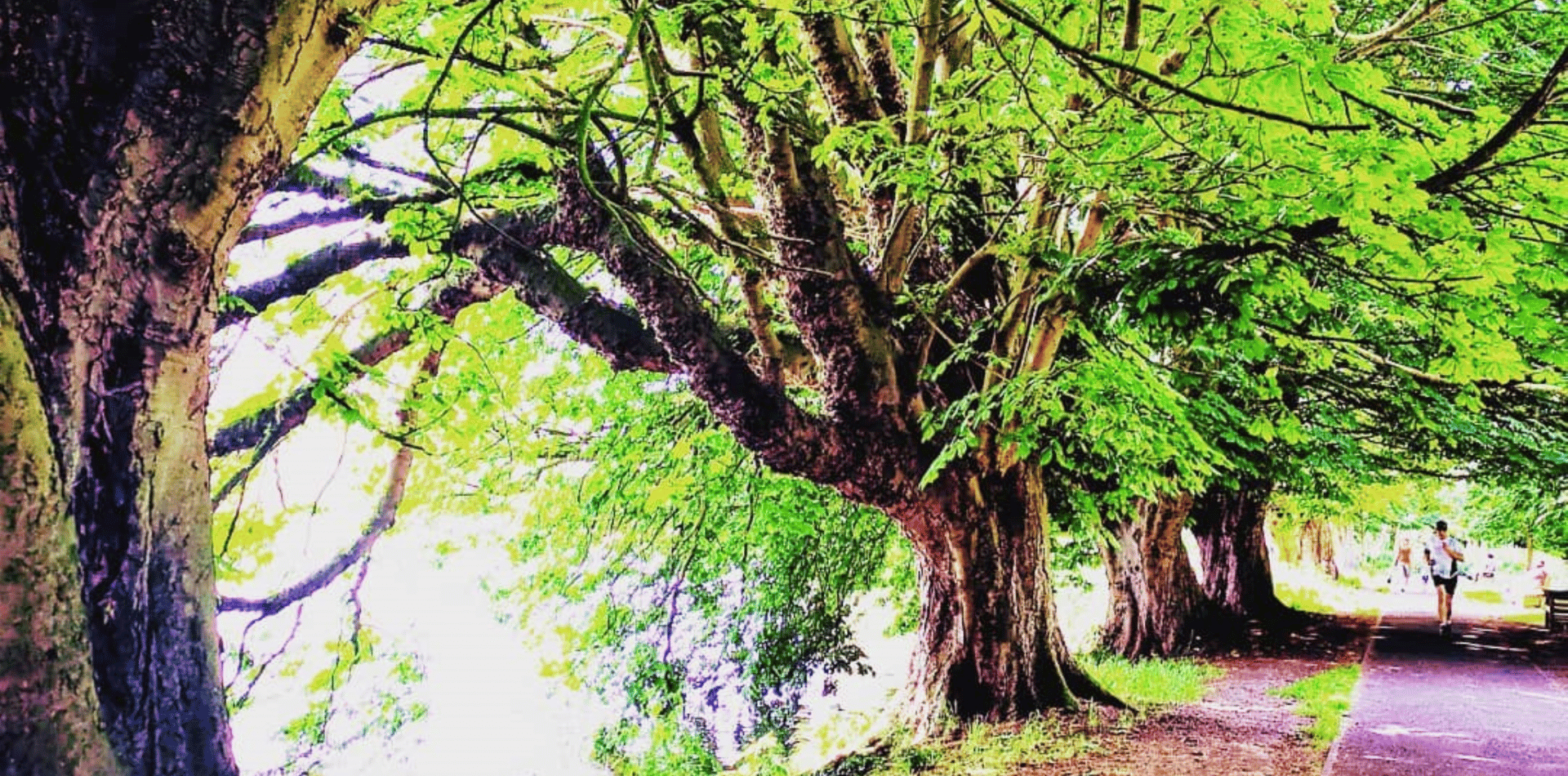
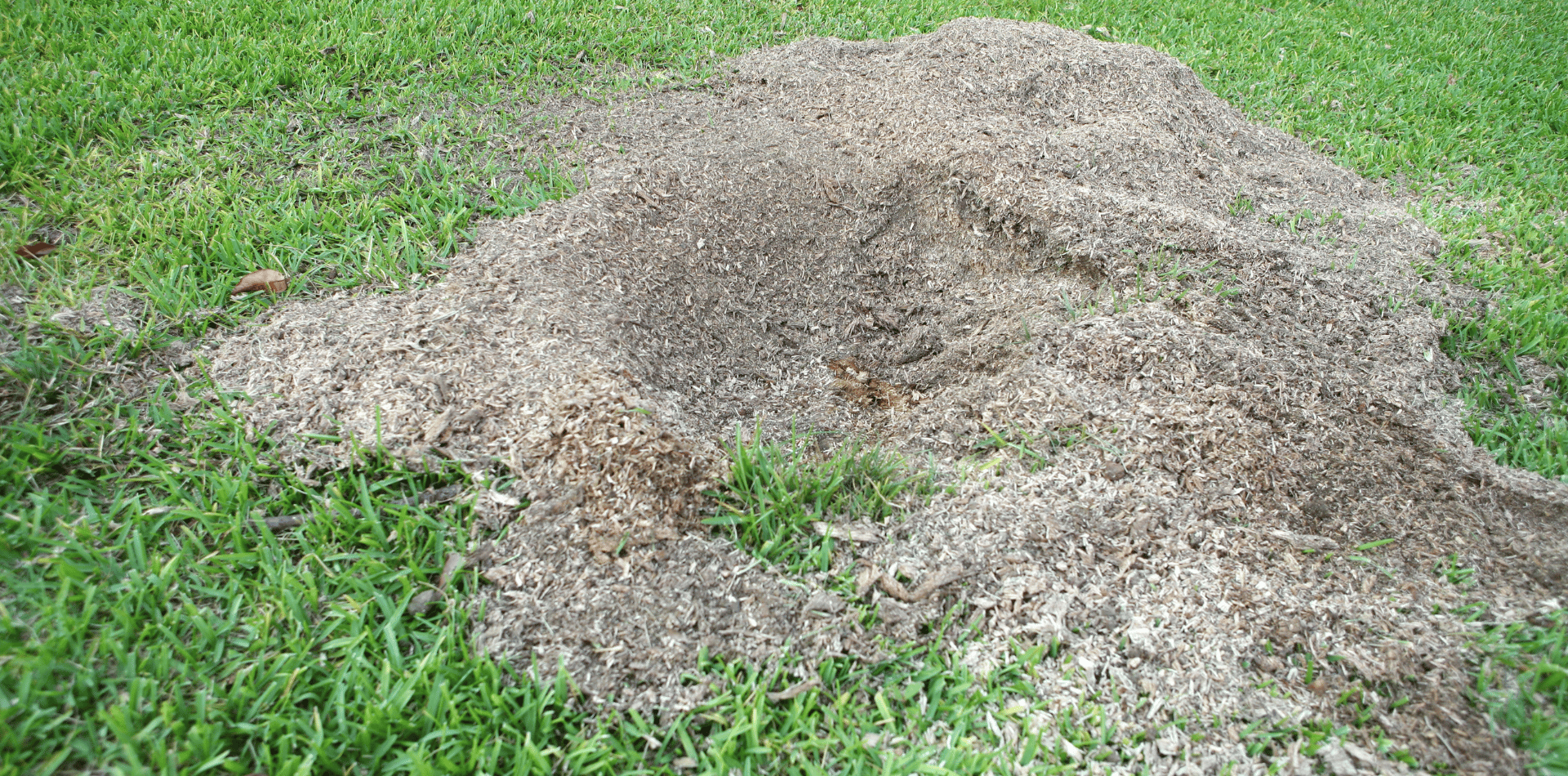
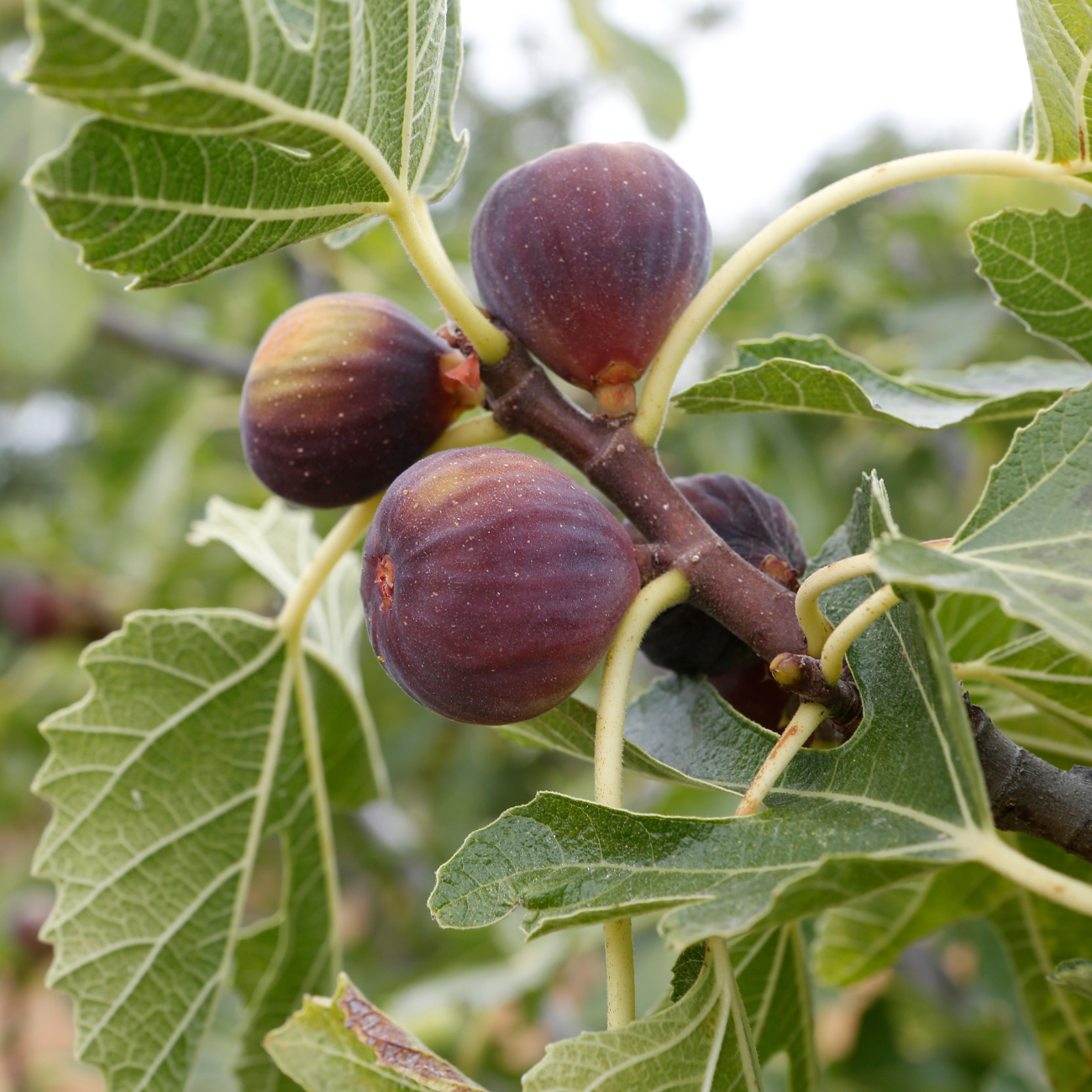

Contact
Kaptol Tree Removal Newcastle
A Member of the Kaptol Group
Powered by Kaptol Media

